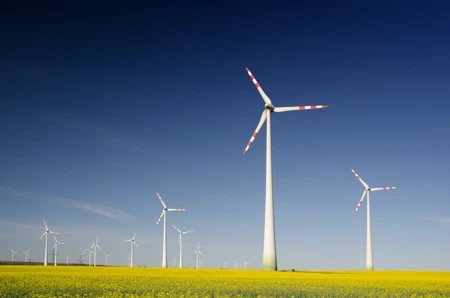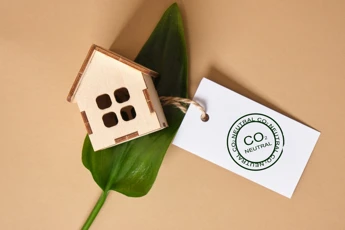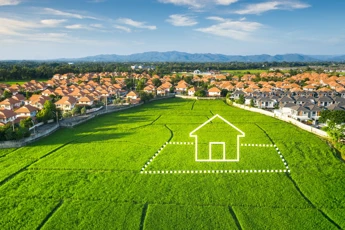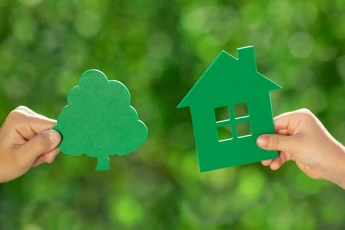Here are some of the ways the pandemic has affected sustainability:
Lower carbon emissions
In the majority of countries, in particular the ones that initiated strict lockdown measures, carbon emissions fell during the pandemic. This can be explained by the fact that most people in lockdown had to switch to the working from home (WFH) model. As the vast majority weren’t commuting to work or traveling abroad (via planes and ferries), the lockdown measures caused carbon emissions to significantly drop, with Europe exhibiting a 12% fall in daily emissions.1

Increased awareness of climate change
The pandemic has demonstrated how vulnerable our world is and how urgently we need to address climate change. We can now have more optimism that we can transition to a low-carbon economy, since the pandemic has also demonstrated that we are capable of making big adjustments to our economies and lives in a short amount of time.
Shifting focus to local production
Due to the pandemic's disruption of global supply systems, the significance of local production has become more widely recognised. The demand for locally produced food, products, and services has increased as a result of this as it lowers transportation emissions and supports regional economies.
Delayed renewable energy forecasts and project progress
According to a 2020 report from the International Energy Agency (IEA), renewable energy projects such as solar panels, solar thermal water heaters, heat pumps, and biomass boilers were forecasted to slow down and even cease production.
The report states that ‘Currently, the installation of distributed solar [panels] has slowed in many countries as lockdown measures prevent personal contact and access to houses or commercial buildings.’ However, it was not just individuals with an interest in renewable energy that faced the impact of the pandemic, with the report also revealing that ‘small businesses facing financial shocks and economic uncertainty may postpone or abandon their plans to install solar PV, solar thermal water heaters or heat pumps on their property.’2
The report describes that a lot of these delays to renewable energy construction projects during the pandemic were due to ongoing supply chain issues, social distancing guidelines, and stricter hygiene protocols. Delays to construction and component delivery had the potential to have a significant impact on critical green policy deadlines globally, meaning that these businesses were likely to have incentive deadlines to be delayed or postponed.3
Growing demand for sustainable products and services
The pandemic has also led to an increase in demand for sustainable products and services. Consumers are more interested in buying products that are made with recycled materials and produced in a sustainable way. This demand is creating new opportunities for businesses to develop and market sustainable products and services.
According to a survey carried out by Deloitte, four out of five UK consumers adopted more sustainable lifestyle choices during the Covid-19 pandemic4, which shows an increased appetite for green products and services.
The pandemic has created a unique opportunity to build a more sustainable future. By taking advantage of the changes that the pandemic has brought about, we can create a world that is healthier, cleaner, and more equitable.
How can businesses and individuals be more sustainable?
-
Switch to renewable energy sources, reduce your waste, and use sustainable materials in their products and packaging
-
Make choices that reduce their environmental impact, such as driving less, eating less meat, and recycling more
-
There are many ways to get involved in your community and make a difference. Businesses and individuals can volunteer their time, donate money, and advocate for sustainable policies. Governments can invest in sustainable infrastructure, such as public transportation and renewable energy projects
-
Offset your carbon emissions by investing in projects that reduce greenhouse gas emissions. Businesses can purchase carbon offsets, and individuals can make a donation to a carbon offset program.
It’s obvious that the appetite for green energy and sustainable goods and services is rising slowly, and the pandemic helped to improve attitudes towards this. However, the pandemic also slowed down the construction of renewable energy projects of small and large businesses due to lockdown restrictions and supply chain disruptions.
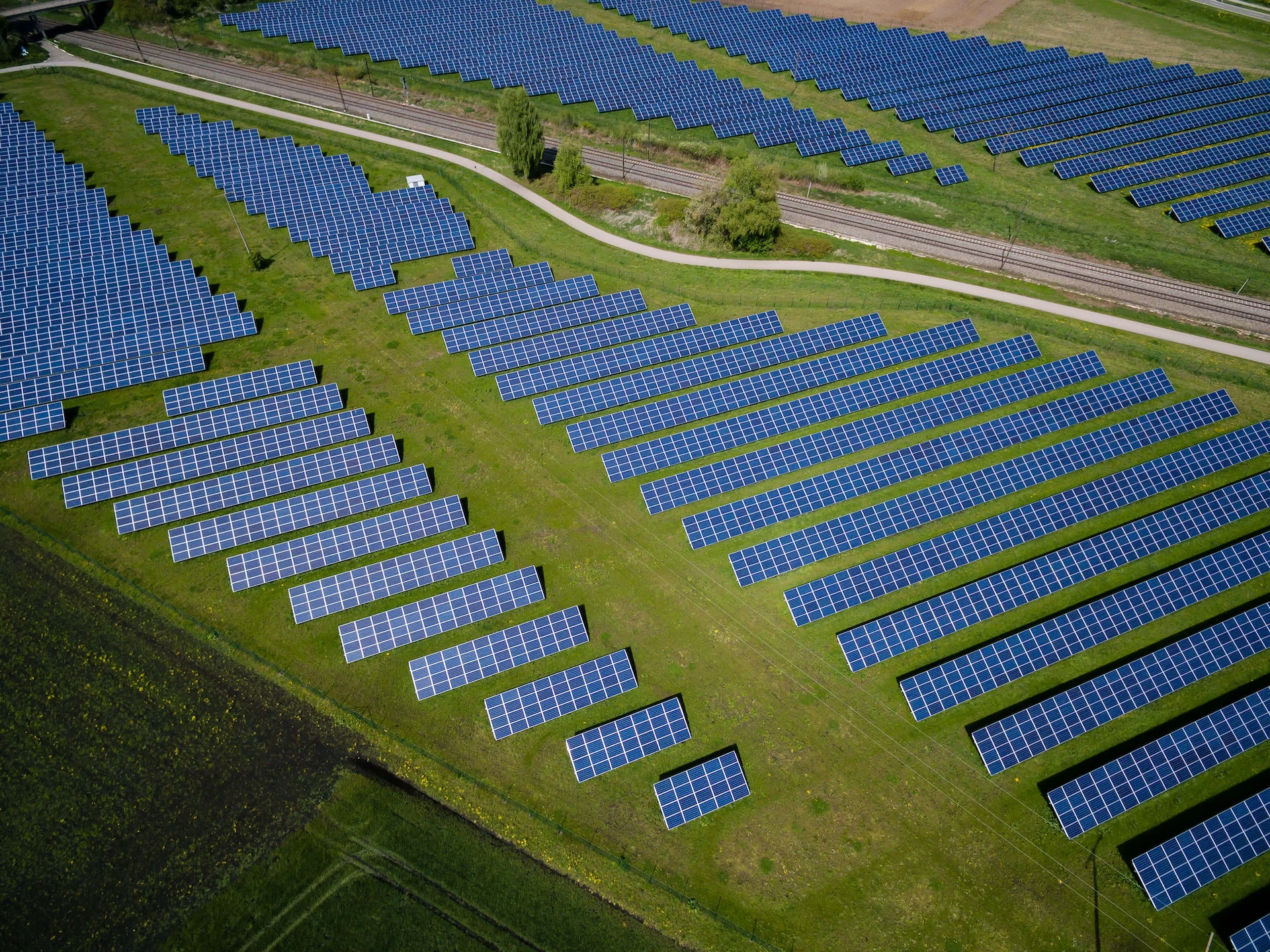
References and sources
1: The COVID-19 lockdowns: a window into the Earth System, 2020.
2 and 3: IEA Renewable energy market update, 2020.
4: Four out of five UK consumers adopt more sustainable lifestyle choices during COVID-19 pandemic, 2021.
Important information
Your home may be repossessed if you do not keep up repayments on your mortgage.
There may be a fee for mortgage advice. The actual amount you pay will depend on your circumstances. The fee is up to 1% but a typical fee is 0.3% of the amount borrowed.

